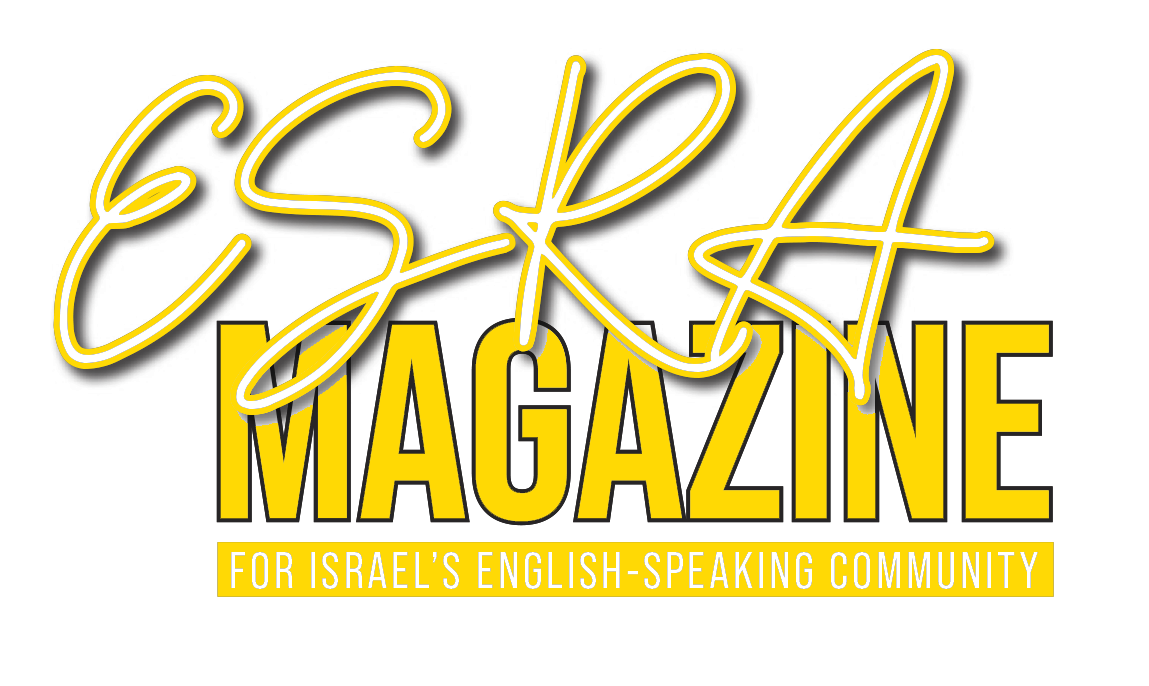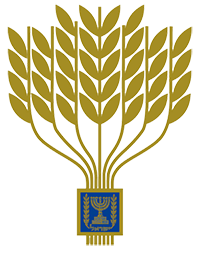A Site worth a Sighting: Beit Lederberg
If you are on the corner of Rothschild Boulevard and Allenby Street in Tel Aviv, stop!
You are standing in front of one of the most interesting and beautiful buildings on the row. Face the building and…if you look closely at the upper right hand edge of the building you will note a small ceramic sign bearing the name;
"Beit Lederberg."
Lederberg House, stands as a captivating testament to the city's eclectic architectural heritage. Designed in 1924 by architect Dov (Boris) Tchudnowski, this stately residential building showcases a unique blend of Art Nouveau style with decorative elements inspired by the Bible and the Near East.
Its location allows it to boast two impressive façades. A notable feature is the inclusion of four hand-painted ceramic tile murals created by artist Yaakov Eisenberg of the Bezalel Academy of Design and Art. These murals depict scenes of Jewish pioneers working the land, a shepherd, and a view of Jerusalem accompanied by a verse from Jeremiah (31:4): "Again I will rebuild thee and thou shalt be rebuilt." The balcony railing is also distinctive, modeled after a candelabrum, further contributing to the building's original Hebrew character.
In 2008 the well-known breakfast restaurant Benedict opened on the ground floor of the Rothschild entrance and the Allenby entrance opens into the Eden Art Gallery.
Who were the Lederbergs?
The Lederberg brothers, Yaakov and Joshua, were born in Jerusalem to Pnina and Yitzhak Lederberg. Joshua was born in 1871 and Yaakov in 1875. When they were adults the brothers moved to Petah Tikva and worked as farmers. They purchased the building in 1924 but never lived there. At one time the top floor was rented to a dance studio and on the street level there was a shoe shop.
The brothers opened a trading house for household items in the Flea Market in Jaffa. Joshua, besides being a merchant, was active in the Achva Association, a mutual self-help group with emphasis on religious observance. After Joshua's death at the young age of 41, his son Yitzchak, born in Jaffa, inherited his father's share in the store and continued the partnership with his uncle.
Yaakov Lederberg related a harrowing account of the attack and his escape from their shop in Jaffa, when in 1921 a group of Arabs broke into the shop. From his hiding place he could witness its looting and destruction. The looters discovered his hiding place and beat him severely, but he was rescued by British police.
Following this incident, he left Jaffa, moving their business to the newly established commercial center in the Tel Aviv neighbourhood that was then called Ramat Hasharon and subsequently became known as Schunat HaHashmal.
In 1929 the Lederberg House was sold to Dr. Biklas and his wife Julia. Dr. Biklas was the urologist of the residents of Tel Aviv. Among his patients was Meir Dizengoff, the Mayor of Tel Aviv. Dr. Biklas was the founder of the Doctors Union and Beit Harofeh, the Doctors House.








Comments